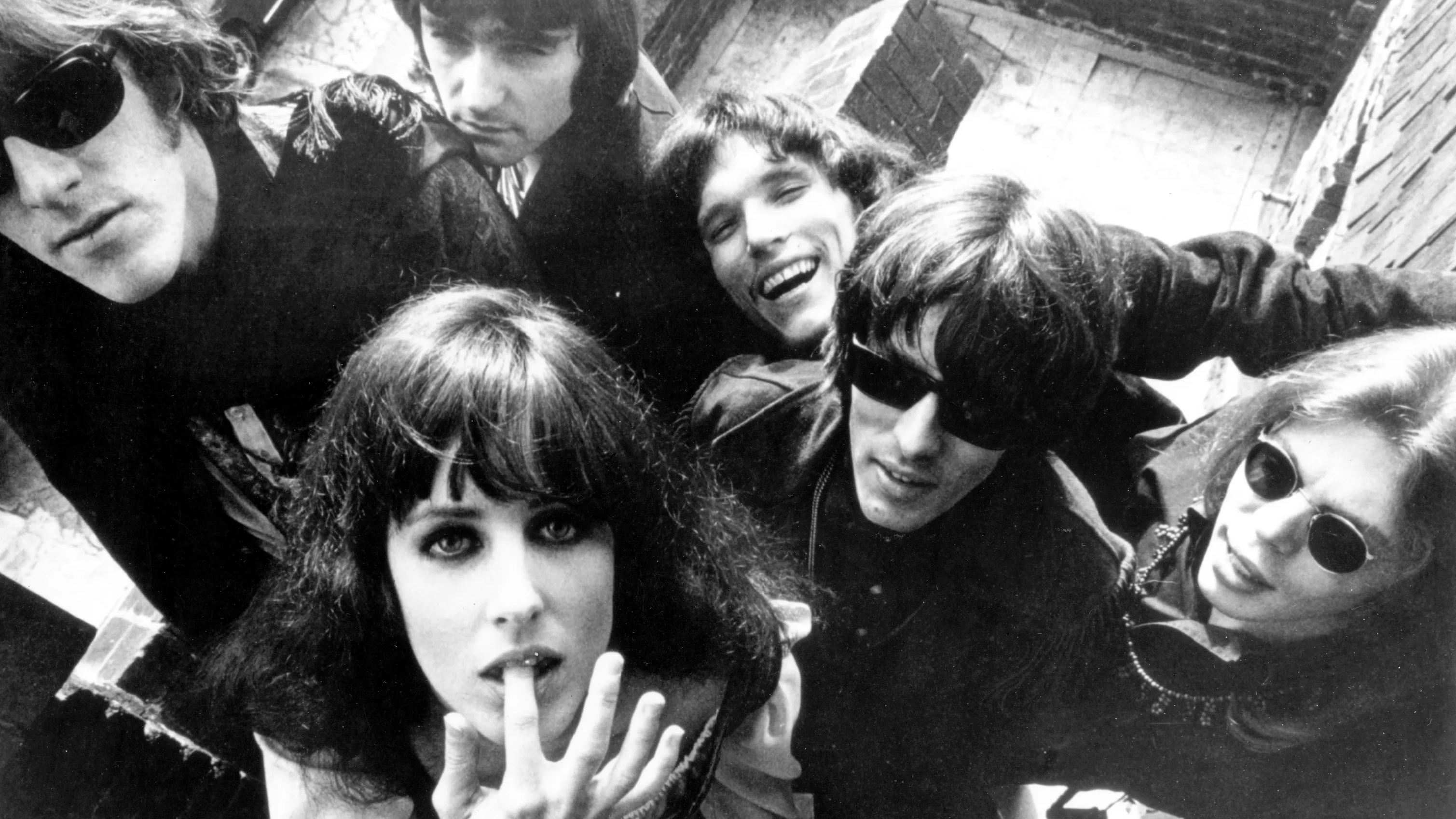Album Essentials: Jefferson Airplane "Surrealistic Pillow"

By Dave Swanson - Summit FM Contributor
There are certain albums that evoke a specific moment in time, a particular era. Those albums tend to be very special, as they often connected people from across many miles who were all in a similar mindset or point in their lives. The way Nirvana's 'Nevermind' is forever glued to 1991 in America, or Primal Scream, 'Screamadelica,' for the same year in England. Sometimes those albums can not only be physically a world away, but stylistically as well. For example, 1977 in the UK, the Sex Pistols 'Never Mind The Bollocks,' and the same year in the U.S., Fleetwood Mac 'Rumors.'
1967 was not only a watershed year for music on both sides of the pond, but a huge year for cultural upheaval in general, so it's no surprise that, what could easily be considered the two key albums from that year are as wildly different as they are ideologically similar. England and the Beatles gave us ‘Sgt. Pepper's Lonely Hearts Club Band,' a cultural zeitgeist if ever there was one. Meanwhile over in San Francisco, where all sorts of things were happening, Jefferson Airplane issued the masterpiece, 'Surrealistic Pillow.'
Yes, I know, you could make a case for the Doors debut, the first Hendrix album, and many more, but the Airplane were fully tapped into something no one else was, and it is all fully on display on 'Surrealistic Pillow,' arguably one of the greatest albums ever created.
Formed in 1965 by singer Marty Balin, the group was initially influenced by folk and blues, but with a jazz players attitude, open to experimentation and improvisation. San Francisco was fertile ground for such music, as other like-minded combos such as the Warlocks (aka Grateful Dead), Quicksilver Messenger Service, Steve Miller Band, Charlatans, and many more, were all drawing on deep American influences, while at the same time being totally inspired by the then current sounds coming out of England via the Beatles, Rolling Stones, and Animals, to name a few.
With all these influences bursting at the seams, the Airplane released their debut album, 'Takes Off,' in the summer of 1966. Its chiming guitars, folk rock melodies, and truthful spirit, made for one fantastic debut, however, all the pieces were not yet fully in place. Singer Singe Anderson opted to leave the band to raise her child. The band quickly found a replacement in another aspiring SF band, the Great! Society. Her name was Grace Slick.
Grace, though slightly older than most of the scene, was a striking beauty with a powerhouse voice, and personality and attitude for miles. In other words, a perfect fit. Not only did Grace bring her talents and image aboard, she also brought in a couple of songs, those songs would not only become huge hits, but to this day, define Jefferson Airplane. They were both songs her previous band had road tested, but something was missing, once in the hands of the Airplane, 'Somebody To Love' and 'White Rabbit' became classics and defining moments of the 1960s.
'Somebody To Love,’ written by Grace's brother in law, Darby Slick, was to become the band's first major hit, reaching number five on Billboard and selling into the millions. As striking as that single was, the follow up was from another world altogether. Released as a single in June of 1967, and written by Grace, 'White Rabbit' was, and still is, unlike any other song to become a major hit, selling well into the millions, and easily settling into the top 10 in America.
"The song has nothing to do with rock and roll," Slick proclaimed in a Library of Congress interview from 2024. "White Rabbit” is really a Spanish march. How it got popular in rock, I don’t know!" Well, one reason is, the hypnotic quality of the song, Grace's other worldly vocal performance and the lyrics which are, no secret, about drugs. "Well, our parents read to us, or we read to ourselves when we got a little older, we read. And 'Alice in Wonderland,' that little girl takes five different drugs in that story. Then our parents are asking us, “Why are you taking drugs?” Well, were you listening? WERE YOU LISTENING?"
Grace continued, adding an interesting footnote, "I mean, it’s not pro-drug, it’s not pro-vodka, but it is pro-psychedelics. Now, if you are in bad shape, you shouldn’t take psychedelics; it will make you nuttier than you already are. But if you’re not, they will open you up. And, yes, it is pro-books."
Grace would prove herself the not so secret weapon of the Airplane, rising to star status once those songs were all over the radio. Her voice was magic, but it was also her persona and stance. She wasn’t just 'a woman fronting a band,’ she was a defiant powerhouse, totally in command of the songs and the stage. Grace was simply, Grace. The first of her kind really, just ask another rock goddess, Patti Smith. "Make no mistake; we all owe her a debt," Smith told NPR in a conversation about Jefferson Airplane. "She was like no other and opened a door that will never close again."
The album kicks off with the majestic and tribal 'She Has Funny Cars,’ written by guitarist Jorma Kaukonen and Marty Balin. It sets the mood for the entire journey. Balin contributes a large chunk of the material, while guitarist Paul Kanter dishes out a couple as well. His role would grow much larger as time went on, and Balin was somewhat pushed aside. 'Plastic Fantastic Lover,' 'DCBS 25,' and '3/5 Of A Mile In Ten Seconds,' all shine as perfect artifacts of the era, while the beauty of Kaukonen's instrumental guitar piece, 'Embryonic Journey,' is as evocative as ever. Elsewhere, 'Today' and 'Comin' Back To Me' are not only two of the most beautiful songs Marty Balin ever wrote, but two of the most beautiful songs, period! Marty had the melancholy gift to say the least.
The album was produced by RCA staff producer Rick Jerrard, who, to my ears anyway, got the perfect blend of fire and floral. On a personal note, though I am usually a fan of the mono mixes of many rock and roll albums from 1967 backward, I have always thought the Stereo mix on ‘Pillow’ was superior, with its wall of reverb, which only adds to the vibe of the songs to my ears.
Eleven songs come and gone in just over a half hour, the bands make their statement and got out. Countless spins over the years have never diminished the power and beauty of this album for me. It still paints a musical picture of that era like few albums can. One more spin of 'White Rabbit' proves that it is still one of the oddest songs to ever become a hit, but the stars over Alice were aligned just right, and we have all benefited from it. As the dormouse once so eloquently stated, "feed your head."






